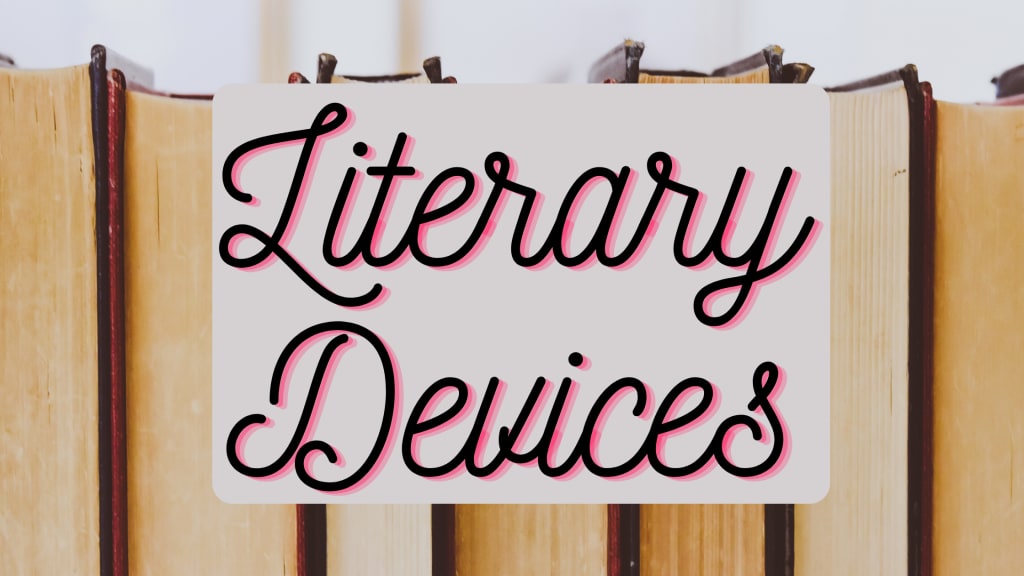
LITERARY DEVICES | Learn about literary devices in English | Learn with examples | Figure of speech.
Metaphor
A metaphor compares two dissimilar things, such as objects, ideas, feelings, or thoughts, by saying that one thing is another. For instance, when we say "Jim is a giraffe," we're not literally saying Jim is a giraffe but rather highlighting their shared characteristic, which is height. Metaphors add depth to sentences, creating vivid mental images. Instead of merely stating "Jim is tall," we use the metaphor "Jim is a giraffe."
Simile
A simile also compares two unlike things but uses "like" or "as" to make the comparison. For example, "Jim is as tall as a giraffe" compares Jim's height to that of a giraffe. Similes, like metaphors, make sentences more engaging and imaginative. They should not be taken literally, as they convey a different meaning.
Onomatopoeia
Onomatopoeia refers to words that imitate the sounds they represent, enhancing the reader's sensory experience. For instance, "splash" imitates the sound of water when someone jumps in. Similarly, "roared" mimics the sound of a lion. Onomatopoeia adds an auditory element to writing, making it more vivid.
Personification
Personification assigns human qualities to non-human entities, like emotions or actions. For instance, saying "the tree is dancing in the wind" gives the tree a human-like characteristic of dancing, making the sentence more captivating. Personification is a figure of speech and should not be taken literally.
Idiom
Idioms are groups of words with figurative meanings that differ from their literal interpretations. They are commonly used in spoken English, such as "break a leg" meaning "good luck." Learning idioms is crucial for understanding everyday language. Idioms are figures of speech and should not be taken literally.
Alliteration
Alliteration involves the repetition of the same consonant sound at the beginning of words, often used in poetry to create rhythm and mood. For instance, "the sly snake slithers slowly in the sand" uses the repeated "s" sound to evoke snake-like qualities or a sense of danger. Different repeated sounds can have varying effects on readers.
Hyperbole
Hyperbole employs exaggerated statements to emphasize a point, often used to capture the reader's attention and add interest to writing. For instance, "they were dying of laughter" exaggerates how much they were laughing. Hyperbole does not intend to be taken literally.
Assonance
Assonance involves the repetition of the same vowel sound within a sentence. It is used to make writing engaging, create rhythm, and enhance flow. For instance, "Sam claps his hands and stamps his feet" repeats the short vowel "a." Assonance often appears in poetry.
Oxymoron
An oxymoron consists of two contradictory words or ideas used to pique the reader's interest and add a playful element. For example, "the chair is pretty ugly" combines "pretty" and "ugly," which are opposites. Oxymoron's are meant to be thought-provoking.
Pun
A pun is a humorous use of words with multiple meanings or similar sounds. They are commonly used in spoken and written English to entertain and create humor. For example, "I like kids but I don't think I could eat a whole one" plays on the word "kid," which can mean a child or a young goat. Puns add a lighthearted touch to language.
About the Creator
Bew
Read and provide feedback on my articles, and I'll reciprocate by reading and commenting on yours as well!





Comments (1)
This would make a great review lesson in a middle school English class.